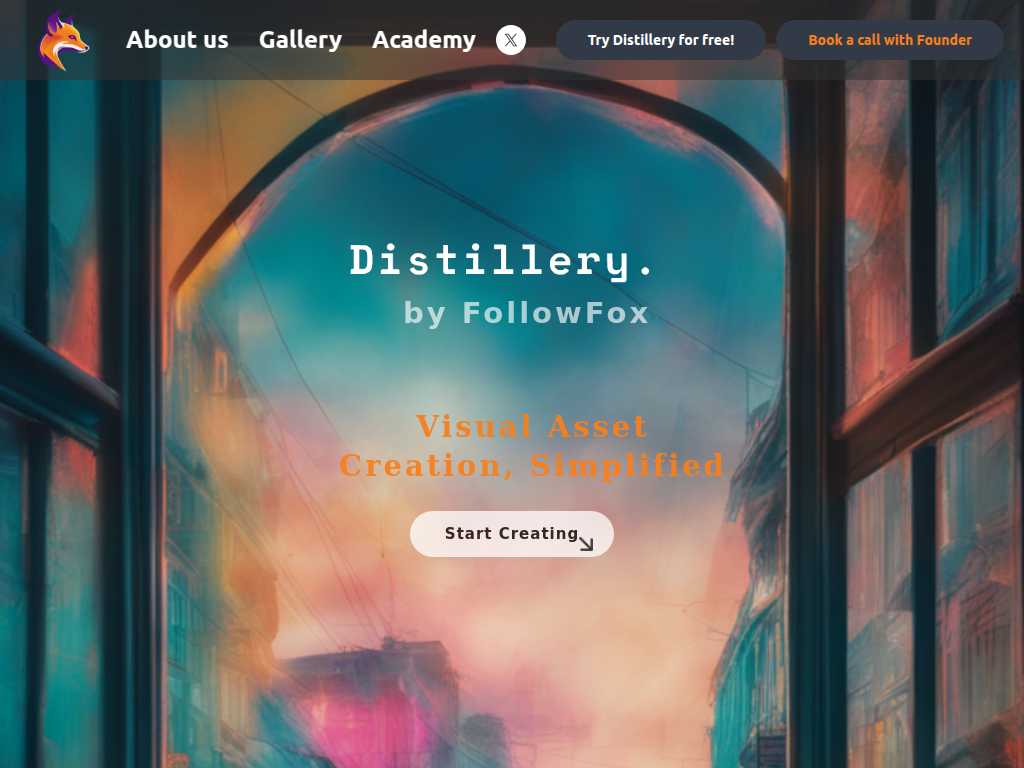FollowFox
Other

Efficient Initialization and Styling of Menu Burgers
Average rated: 0.00/5 with 0 ratings
Favorited 0 times
Rate this tool
About FollowFox
The FollowFox platform offers a versatile and interactive interface, epitomized by the innovative menu burger system. This product streamlines navigation and elevates user engagement through intuitive event listeners that respond seamlessly to a variety of user interactions. Whether it's a hover that highlights options or a click that effortlessly toggles the menu, users are ensured a smooth and responsive experience. The robust design of FollowFox ensures that users can navigate complex menus with ease, making it an invaluable tool for enhancing user experience on any website. Robust CSS styling defines the various states of the menu burger, providing not only an aesthetically pleasing appearance but also clear visual cues for user actions. The thorough CSS definitions cater to both large and small menu burger sizes, ensuring consistency and adaptability across different platforms and devices. From animations that guide the user's eye to responsive transformations on hover, the CSS aspects of FollowFox guarantee an engaging, interactive experience. FollowFox's meticulously crafted functionalities, such as custom event handling for menu links and tooltip menus, add layers of convenience and efficiency. By automatically closing menus upon interaction with links or custom triggers, the system refines the user journey, reducing the steps needed to navigate back and forth. This feature simplifies complex navigation scenarios, making it easier for users to focus on their primary tasks without unnecessary interruptions or distractions.
Key Features
- Initialization of menu burger with specific HTML element
- DOM querying for menu-related elements
- Event listeners for hover effects and click events
- Handling of submenu links
- Custom event 'clickedAnchorInTooltipMenu' for closing menu
- CSS styling for different states of menu burger
- Toggle mechanism for opening and closing menu
- Responsive design checks for mobile and touch devices
- Usage of CSS transitions and animations for states
- Support for both hover and click interactions